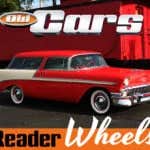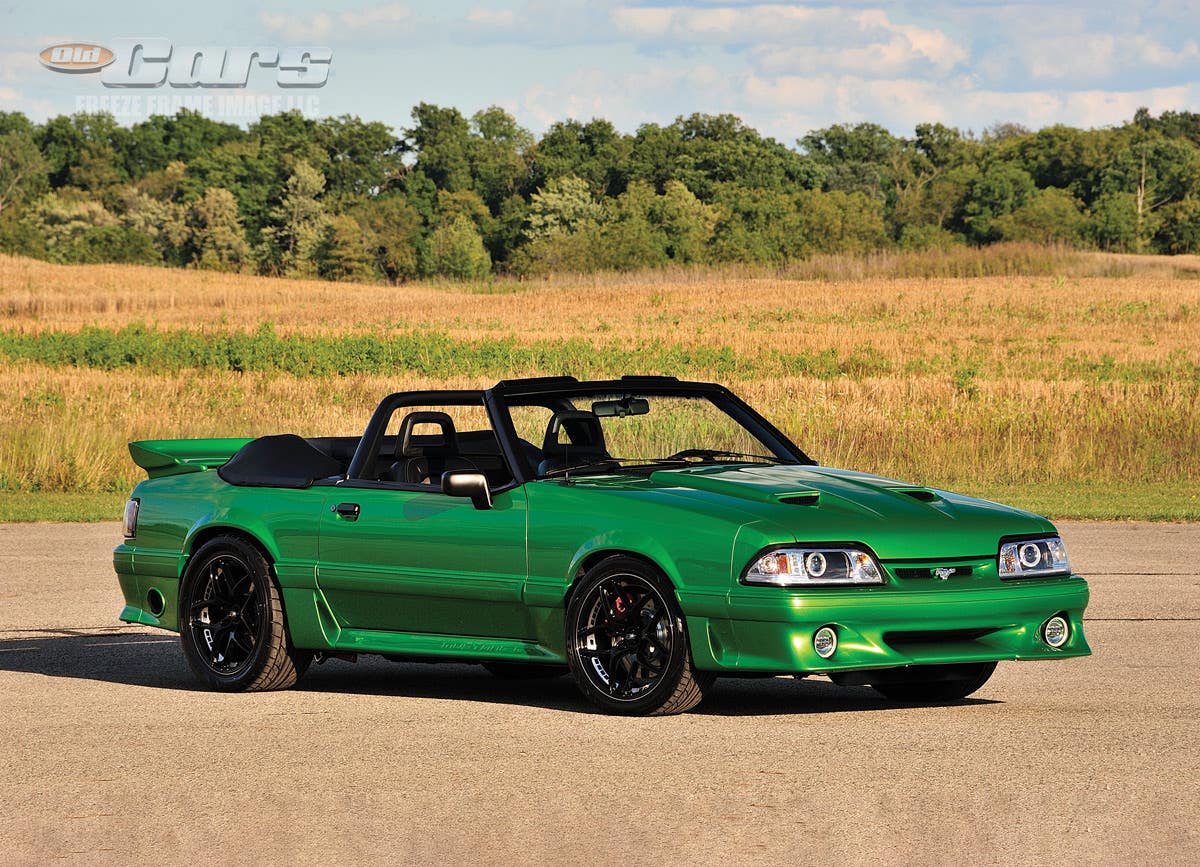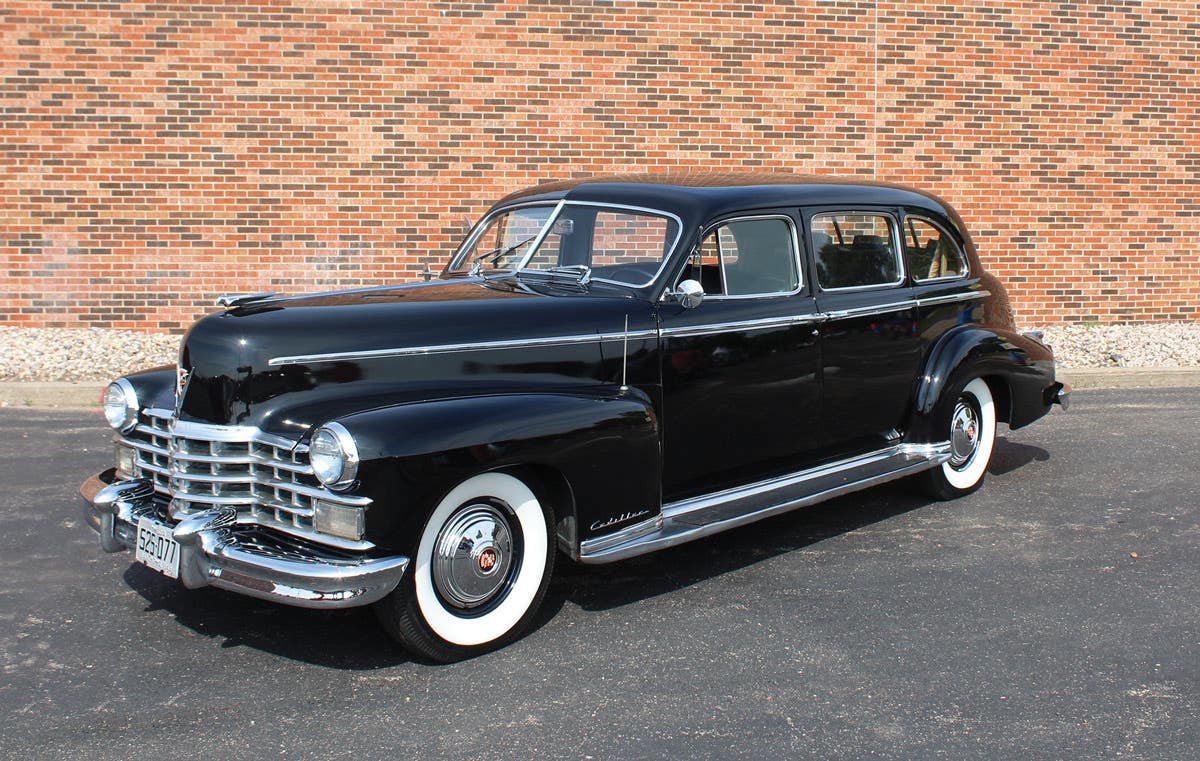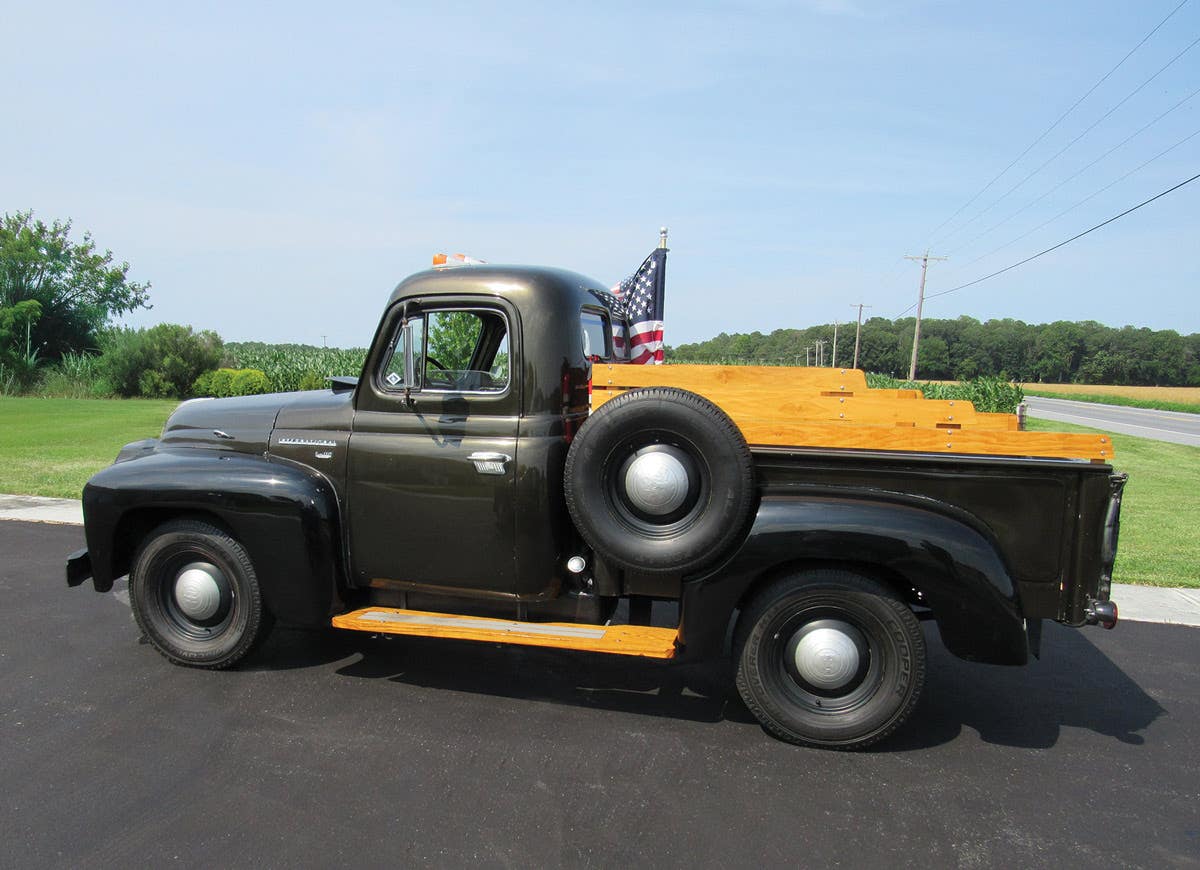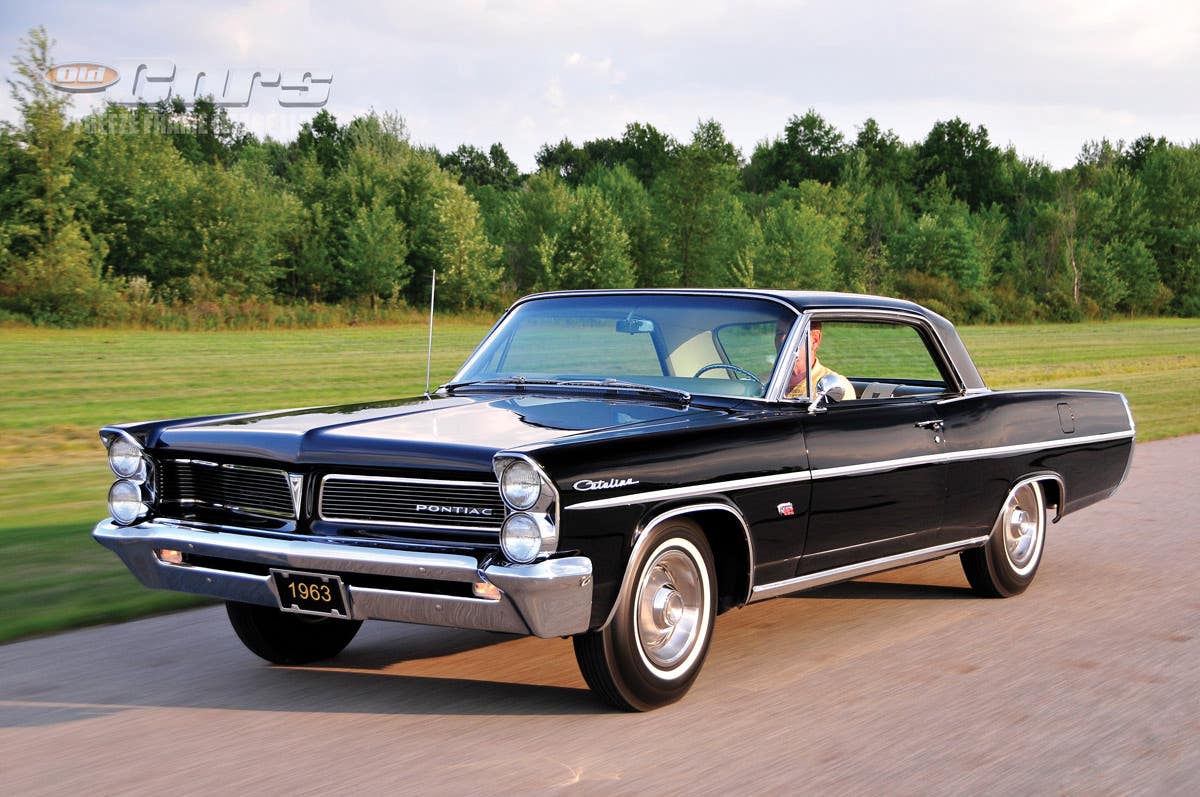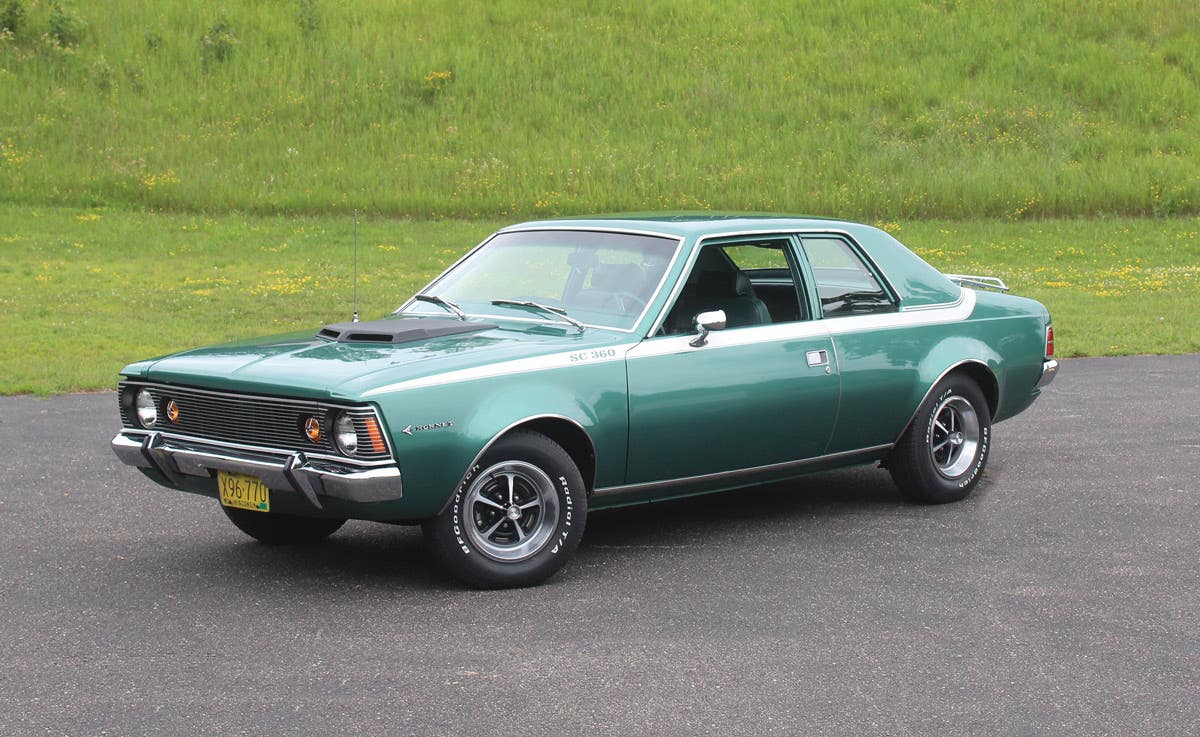Car of the Week: 1964 Plymouth Fury convertible
Ray Diedrick is a pretty laid back kind of guy. So when he decided to tackle his first convertible project and breathe some life into an old, worn-out 1964 Plymouth Fury, he didn’t get too nervous or worried.
By Brian Earnest
Ray Diedrick is a pretty laid back kind of guy. So when he decided to tackle his first convertible project and breathe some life into an old, worn-out ragtop, he didn’t get too nervous or worried.
He figured he eventually needed to have a convertible project on his resume, and a topless car in his garage, and in 2008 he decided the time had come.
The subject turned out to be a solid but tired 1964 Plymouth Fury convertible, and the way the car eventually turned out, you’d think Diedrick was a professional specializing in Chrysler convertibles.
“I was just looking for an old Mopar — something to work on, and I knew this would be a challenge because I’d never worked on a convertible before,” Diedrick laughed. “I’d never owned one, and nobody I really know has one, either. I had five (Mopars) before this, and they were all hardtops.”
Diedrick, a resident of Kaukauna, Wis., wasn’t looking for a Fury in particular, but he didn’t look too hard and long before he found a car that looked like a good resto candidate. “I didn’t know too much … I saw an ad in the paper and went and looked at it and that was it," he said. "It was not in running condition and the guy trailered it over for me, and I guess from that point, we spent two years working on it and we got it going. I know it was in Wisconsin for about the last 10 years, and I don’t really know for sure where it was before that. I think it was Tennessee or Kentucky.”
The choice of a topless, mild-mannered cruiser was a pretty big departure from Diedrick’s past collecting and restoration interests. The big Plymouth has joined some fast company in his garage: 1969 and ’70 Road Runners, 1969 Charger, and 1967 and ’68 Coronets. Those cars were all built for the go-fast crowd, but Plymouth had a different mission in mind when it launched the Fury as a high-end full-size car for the 1956 model year. The Fury was originally a spin-off of the Belvedere and came only as a two-door hardtop. In 1959, the Sport Fury was added and became the top model in the series, which added four-door sedans, station wagons and convertibles.
Plymouth put its 1950s styling permanently in its rearview mirror with the dramatically restyled and downsized 1962 models, which featured unit-body construction for the first time. The 1962-64 Furys shared the same basic design and the 1964 models were the last “carry-over” models before another major redesign — and a fleet of bigger Plymouths — was introduced in 1965.
The Fury remained a premium Plymouth for 1964, second on the company ladder only to its Sport Fury sibling. Four-door sedans and two-door hardtops came with 225-cid inline sixes or 318-hp V-8s. The four-door hardtops, six- and nine-passenger station wagons, and convertibles were all equipped with the 318s. Buyers who wanted more thrills could select either the 361- or 383-cid B-block engines, or go for maximum bug-splattering with the 365-hp/426-cid “Street Wedge.” Drag racers could go even higher up the performance engine list and go for the Max Wedge Stage III with 415 hp, or the even harrier 426 Hemi.
Diedrick’s car was one of 5,173 Fury convertibles built for the 1964 model year, and it was ordered with matching turquoise paint and vinyl interior. His ragtop carries the base 318 V-8 and the famous push-button TorqueFlite three-speed automatic and carried an MSRP of just under $3,000. Interior amenities included an electric clock and padded dash. Four round gauges were aligned in a row in the refined dash. The smooth body panels were decorated with wide bodyside moldings with color inserts that tapered to a single spear on the front fenders. The hoods and decklids were bisected by a thin crease topped by a chrome spear. Quad head and tail light assemblies were found at the front and back and Fury script was mounted on the edge of the trunk.
Diedrick had a good candidate to work on when he started, but the body of the car did need some help. “I got some donor metal. I knew a guy that had some different front fenders that were in good shape, and around the rear wheels I was able to get some from Kramer Industries out of Pennsylvania," he said. "On each side of the car there are three pieces: the front wheel well, over the wheel and the back quarter, and that stuff is all pretty well new up to the trim line.”
You’d never know it by looking at the car, but the paint job was Diedrick’s first do-it-yourself attempt. He opted for the factory correct turquoise, and the result was stellar. “The bodywork, I did all that myself. It was my first time painting and I asked a lot of questions. In years past when I did my cars, I always put them on a cradle, blasted them, and I always painted underneath the car, then I’d take the body to my friend’s body shop and he’d paint the rest of the car. This one here I just decided with all the practice I had I’d try the top side of the car once and it turned out pretty good. Being that I worked on it so long, I put an epoxy primer on it. The body was cleaned up that first year, and then I put the primer on it and went back at it the following winter. I sanded it and then I just went with base-clear … I’m a rookie at this, but I went online and read up on it and I put on a tack layer, and then a good coat, then one more coat, and then I think I have three or four coats of clear, then we polished ’er up. I would say it’s at least average.”
The car also got all new upholstery and interior goodies from Legendary Interiors. Ditto the cream-colored top, which Diedrick installed himself.
"[The interior] all had to be replaced. It’s pretty hard to recondition some of that stuff,” Diedrick said. “Some of it had holes in it and kids used to have speakers cut in the door panel. So I figured we might as well get all new [stuff] and all that is from Legendary. The top came from Legendary and I put that on myself. I’ve never had a convertible in my life and I figured it would be interesting, and it was! It’s not hard to do, it’s just having the courage to do it. Read the directions and go at it. Just take your time, and I have the time!”
Diedrick admits he’s used to cars with a little more gusto under the hood, but he hasn’t been disappointed with the Fury’s more pedestrian 318. He never intended to drive the car with a heavy foot, especially after putting in two years of hard work to get it finished, and so far it has been everything he hoped for.
“It’s a pretty plain car. Just a push-button 318 and nothing else. No air conditioning or anything like that," he said. "It’s got that old Poly engine from that era and it’s the original engine and she just purrs down the road. It runs real good. It’s like a brand new car.”
As much as he enjoys the ragtop, however, Diedrick says his Fury may be an aberration. He’s convinced he’s still a hardtop guy.
“Actually, I probably won’t get another convertible. This top-down stuff is fun, but it’s a little bit of effort to put it down, you know, and the top gets dirty with all kind of bugs and stuff,” he chuckled. “I would rather keep it clean, so I drive it only when I have the top down.
“This is just supposed to be my wife’s grocery-getter. She likes to cruise with it because a lot of people look at her and we can wave to people.”
_______
Got a car you’d like us to feature as our “Car of the Week“? We want to hear from you! E-mail us and tell us all about it.


